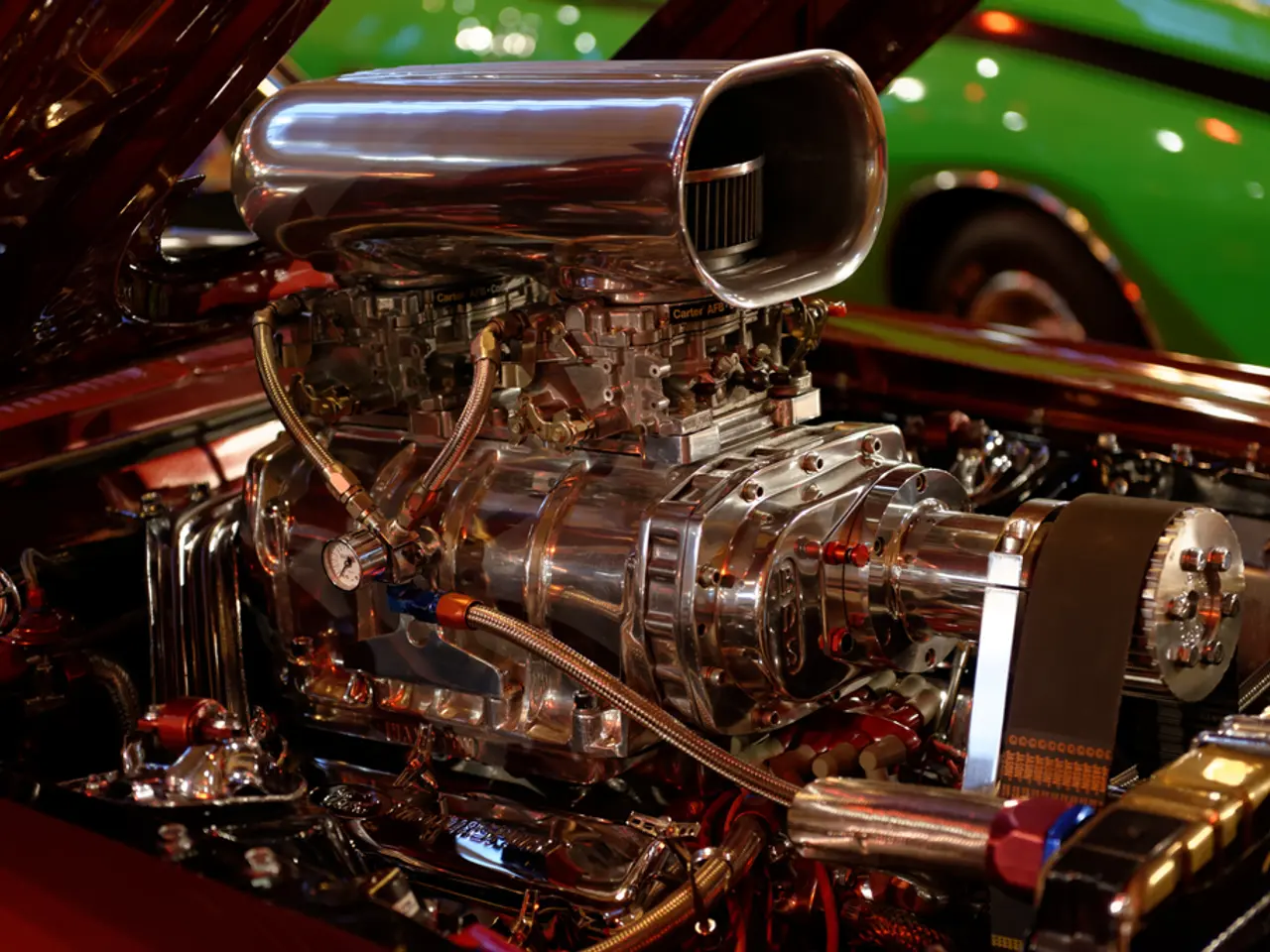Tech Camouflage Boosts Safety in Public Areas
Josh Bruni heads up Aires Tech, a game-changer in technology that safeguards against electromagnetic radiation and boosts human health.
The world can be a dangerous place, especially at public events like festivals and sports games. But these gatherings are vital to community life. Luckily, technology is here to keep us safe while maintaining the experience. Although drones, cameras, and security personnel are visible, much of the technology working behind the scenes goes unnoticed. These unseen solutions are transforming public safety, allowing event-goers to unwind without concern or interruption.
Artificial Intelligence (AI) is taking public safety to the next level by introducing more intelligent, responsive surveillance systems to crowded locales. These AI systems analyze crowd behavior in real time, detecting abnormalities such as forgotten packages or peculiar movements that could hint at a threat. For instance, during this year's Super Bowl, AI cameras were strategically positioned to monitor crowd density and potential security hazards. These systems don't just record; they process massive amounts of data in real time, spotting outliers and triggering alerts before the human eye can even detect them. This proactive approach hastens response times, enabling authorities to act swiftly.
Bryan Lagarde, for example, remarks on a collaborative effort between a nonprofit crime-camera program and State Police known as "Project NOLA."
Biometric access control is gaining popularity due to its convenience and security. Facial recognition and touchless entry are examples of biometric authentication that simplify the process of identifying and granting access to attendees while bolstering safety. Yet, facial recognition has faced criticism from privacy advocates who prefer to maintain privacy standards at events. Consequently, implementation has progressed cautiously. Nevertheless, as the demand for quicker entry increases, consumers are becoming more accepting of technology that prioritizes safety and efficiency. In fact, six Major League Baseball ballparks reported that fans entered almost 70% faster using go-ahead entry systems compared to traditional methods.
Enrollment for these enhanced systems is typically managed through apps, ensuring privacy. Fans capture their image in the app, which is converted into a code associated with their account, and their picture is promptly deleted. In other words, it's safe, private, and easy to use. You'll see the adoption increase as concerns about safety and efficiency become more widespread.
On the flip side, some tech isn't solely focused on immediate threats. Assembling in crowded locations can pose health risks, especially in the aftermath of the pandemic. This newfound awareness has prompted event organizers to prioritize disinfection, toxins, and safeguards. For instance, IoT sensors can monitor environmental toxins at large outdoor events like marathons and festivals, maintaining a safe environment.
Paradoxically, technology presents another risk: electromagnetic fields (EMF) emitted by electronics and wireless technology. High levels of EMF exposure can be harmful, but with growing awareness, stadiums and public venues are taking action. The Minnesota Timberwolves, for example, partnered with Aires Tech to implement the Aires Certified Spaces (ACS) standard. This approach makes the Target Center the first arena to reduce electromagnetic field exposure for fans, players, and employees by incorporating Aires' EMF-modulating products in accordance with ACS protocols.
Event organizers should first assess their current safety protocols, searching for points where AI, biometrics, or environmental monitoring can strengthen security. Partnering with specialized technology providers can streamline implementation without disrupting the fan experience. Second, transparency is key. Attendees must know what safeguards are in place to build trust, from biometric entry to EMF-friendly zones. Displaying Aires Certified Spaces decals wherever the technology is installed is an example of making the invisible visible, ensuring an informed audience that is more likely to embrace technology.
Public gatherings can be safer, more efficient, and enjoyable thanks to innovative technologies that work tirelessly behind the scenes to keep us secure and stress-free. Whether it's AI surveillance, biometric security, or environmental protection, technology isn't just an addition to public spaces - it's an integral part of the framework that keeps us safe and lets us focus on the moments that matter.
By the way, do you think you could join the ranks of tech titans? The Forbes Technology Council is an exclusive community for top-notch CIOs, CTOs, and technology executives. If you believe you qualify, don't hesitate to apply!
- Josh Bruni, the leader of Aires Tech, is contributing to the safety and health of festival-goers and sports fans by developing technology that mitigates electromagnetic radiation, enhancing human wellbeing.
- In the unseen realm of public safety, advanced surveillance systems, like AI cameras, are being employed at festivals and sports events to inspect crowd behavior, ensuring swift detection and response to potential threats.
- Recognizing the health risks associated with large gatherings, event organizers are integrating IoT sensors to monitor environmental toxins at festivals and marathons, thus creating a safer and more inviting atmosphere for attendees.



